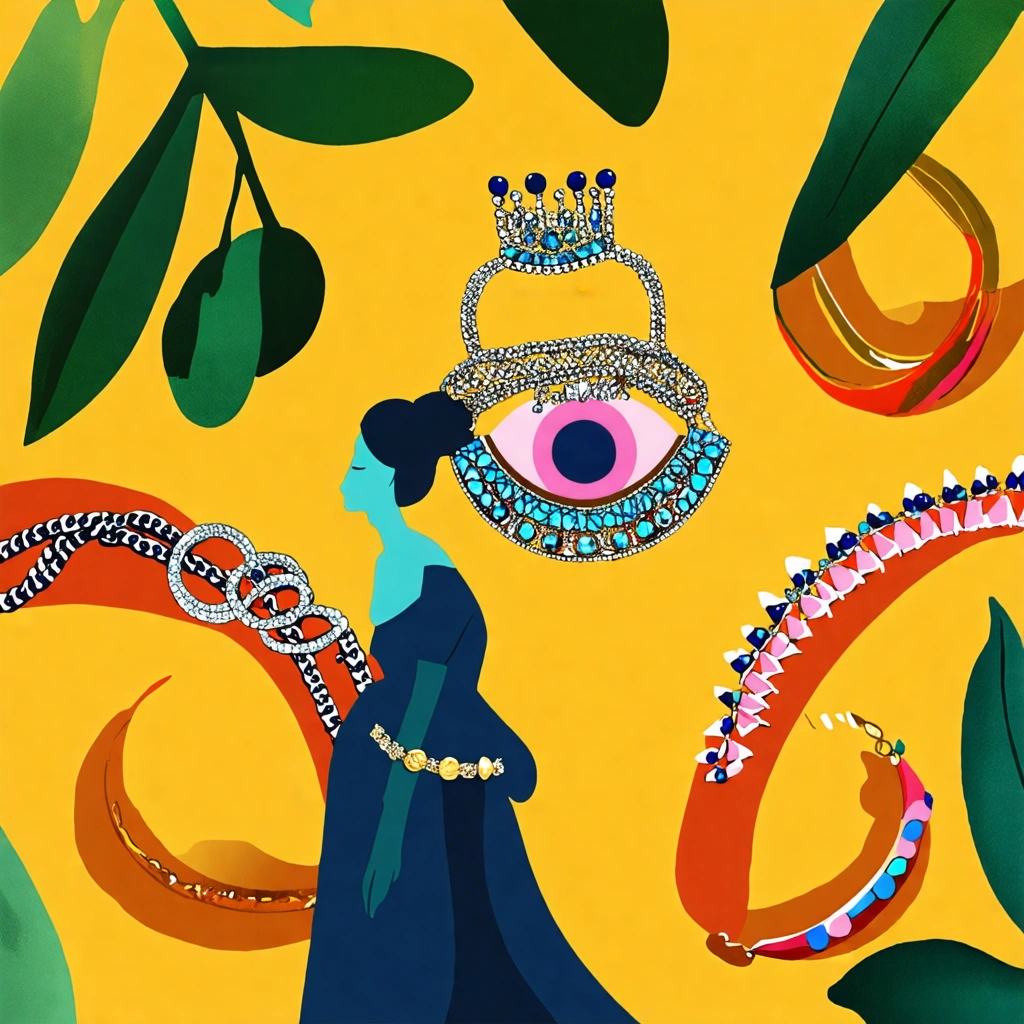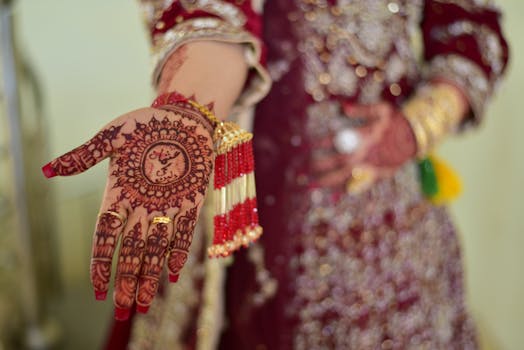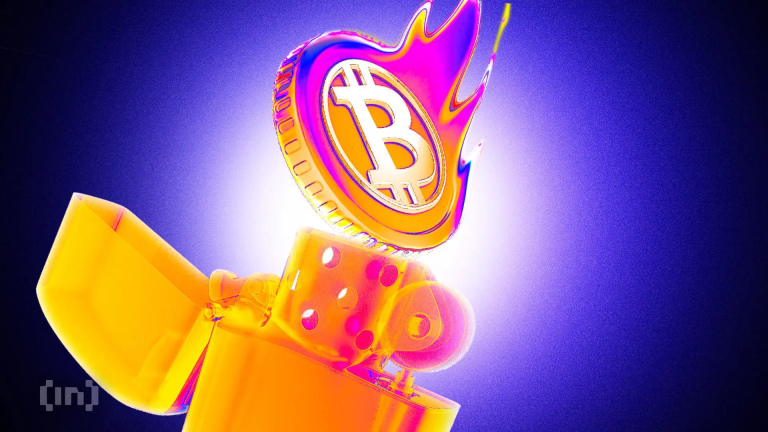
The Transformative Power of Jewelry: How Adornments Shape Personal Identity and Self-Expression
Takeaways:
- Jewelry is a significant form of self-expression that transcends mere decoration.
- Different cultures and histories influence the way jewelry is perceived and worn.
- Jewelry can evoke powerful emotions and memories, connecting individuals to their past.
- Fashion trends often dictate the popularity and style of jewelry, but personal preference remains key.
- Accessorizing with jewelry allows individuals to curate their identity and showcase their uniqueness.
Jewelry has long been more than just a decorative accessory; it is a profound medium through which individuals express their personal identity and emotions. From ancient civilizations to modern society, the impact of jewelry on self-expression is evident in various forms, styles, and cultural significance. In this article, we will delve into the multifaceted relationship between jewelry and personal identity, exploring how adornments can reflect individuality, cultural heritage, emotional connections, and evolving fashion trends.
The Cultural Significance of Jewelry

Moreover, jewelry can signify social status and identity. In many societies, the wearing of gold, silver, or precious gemstones often indicates wealth and power. For instance, in ancient Egypt, jewelry was a symbol of status and was often buried with the deceased to accompany them in the afterlife. Similarly, in modern times, luxury brands create iconic pieces that signify exclusivity and prestige, influencing how individuals curate their identities through adornment.
Jewelry as a Form of Personal Expression
For many, jewelry serves as a canvas for personal expression. The choice of what to wear can communicate a multitude of messages about one’s personality, beliefs, and values. A bold statement necklace may reveal a person’s confident nature, while delicate, minimalist pieces might reflect a more understated style. This form of self-expression is not limited to fashion alone; it also encompasses emotions and personal stories.
Consider the emotional connection many individuals have with family heirlooms. A grandmother’s ring or a mother’s bracelet can carry profound sentimental value, representing love, heritage, and continuity. Wearing such pieces allows individuals to feel connected to their past and honor their family lineage. In this way, jewelry transcends mere aesthetics; it becomes a personal narrative, telling the story of who we are and where we come from.
The Influence of Fashion Trends on Jewelry Choices

However, while trends can inspire and shape preferences, personal style remains paramount. Many individuals choose to blend contemporary trends with their unique tastes, creating a personal aesthetic that reflects their identity. This interplay between fashion and individuality allows for creativity and self-discovery. For example, someone might pair a modern geometric earring with a vintage brooch, showcasing their ability to mix different influences and styles.
The Emotional Impact of Jewelry
The emotional resonance of jewelry cannot be overstated. Many people associate specific pieces with significant life events—engagement rings symbolize commitment, while graduation gifts might be a cherished watch. Each piece often carries a story or memory, making jewelry a powerful artifact of personal history.
Additionally, wearing jewelry can affect one’s mood and confidence. A well-chosen accessory can elevate an outfit and empower the wearer, fostering a sense of self-assurance. This psychological aspect of adornment highlights how jewelry transcends physical beauty, becoming a source of inner strength and identity.
The Future of Jewelry and Self-Expression

Moreover, technology continues to shape the jewelry landscape, with innovations such as 3D printing and smart jewelry enhancing personalization. Individuals now have the opportunity to design custom pieces that reflect their unique identity, reinforcing the idea that jewelry is a deeply personal form of self-expression.
In summary, the impact of jewelry on personal identity and self-expression is profound and multifaceted. From cultural significance to emotional connections, the way individuals choose to adorn themselves speaks volumes about who they are and how they perceive the world.






